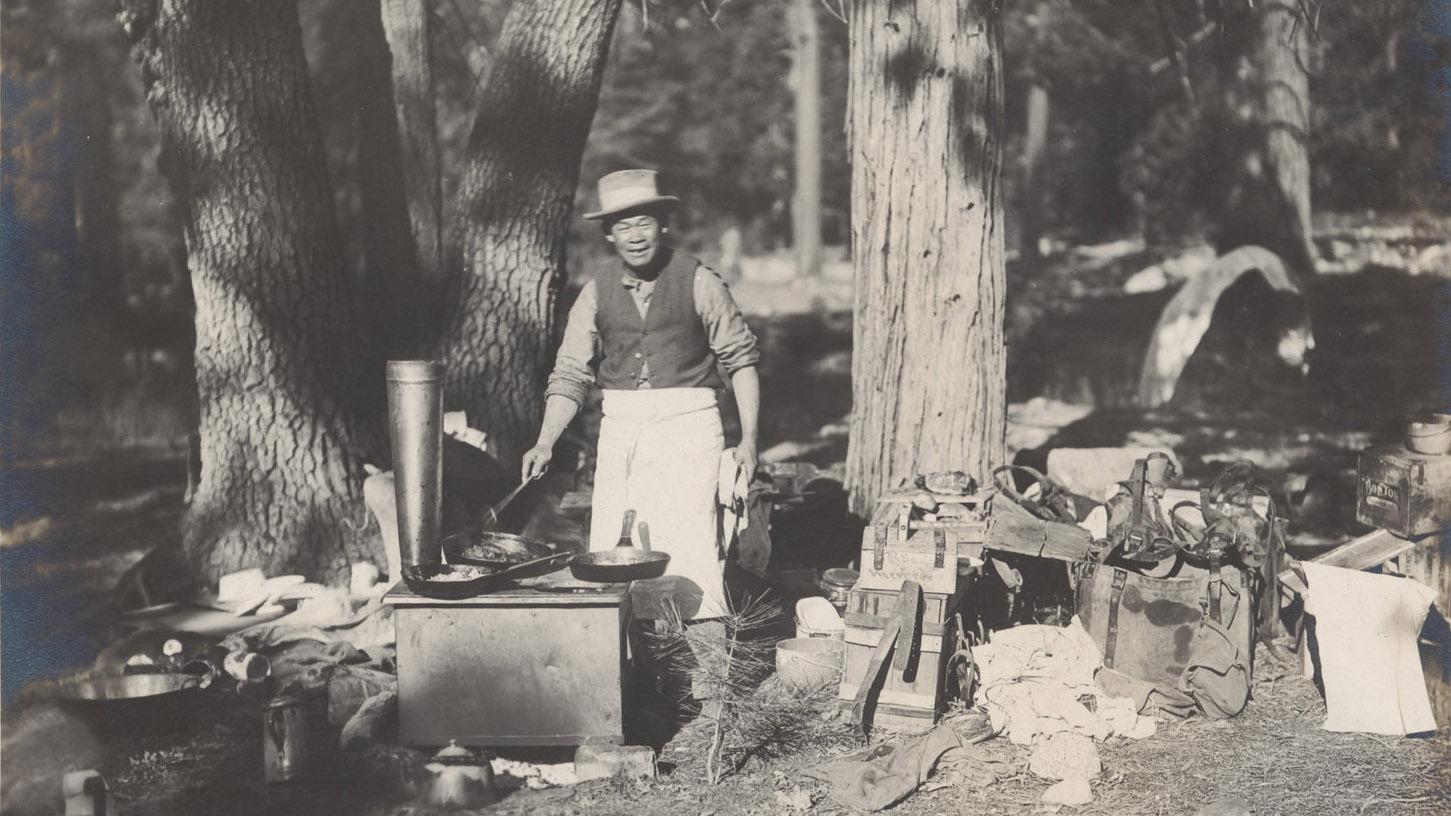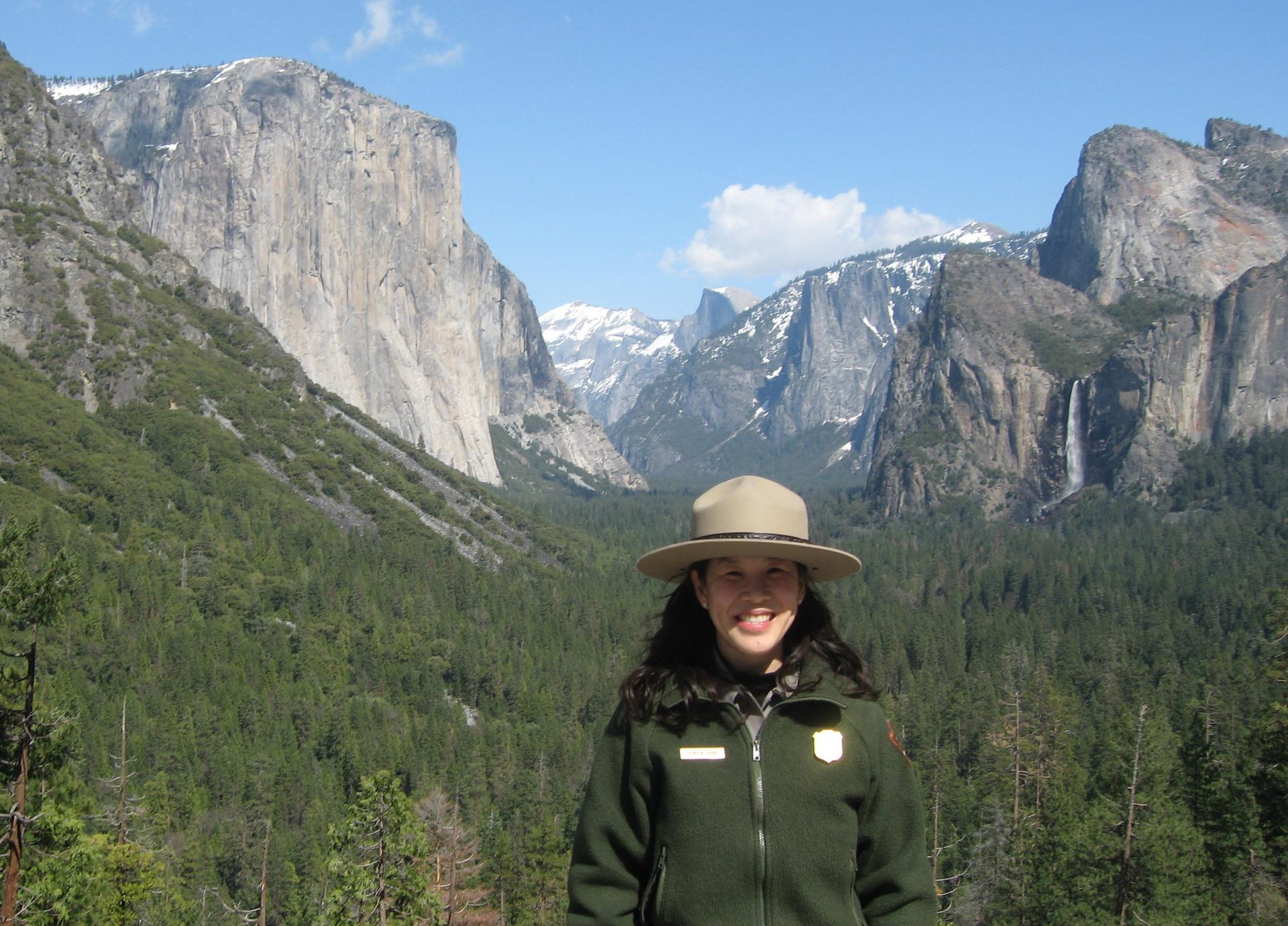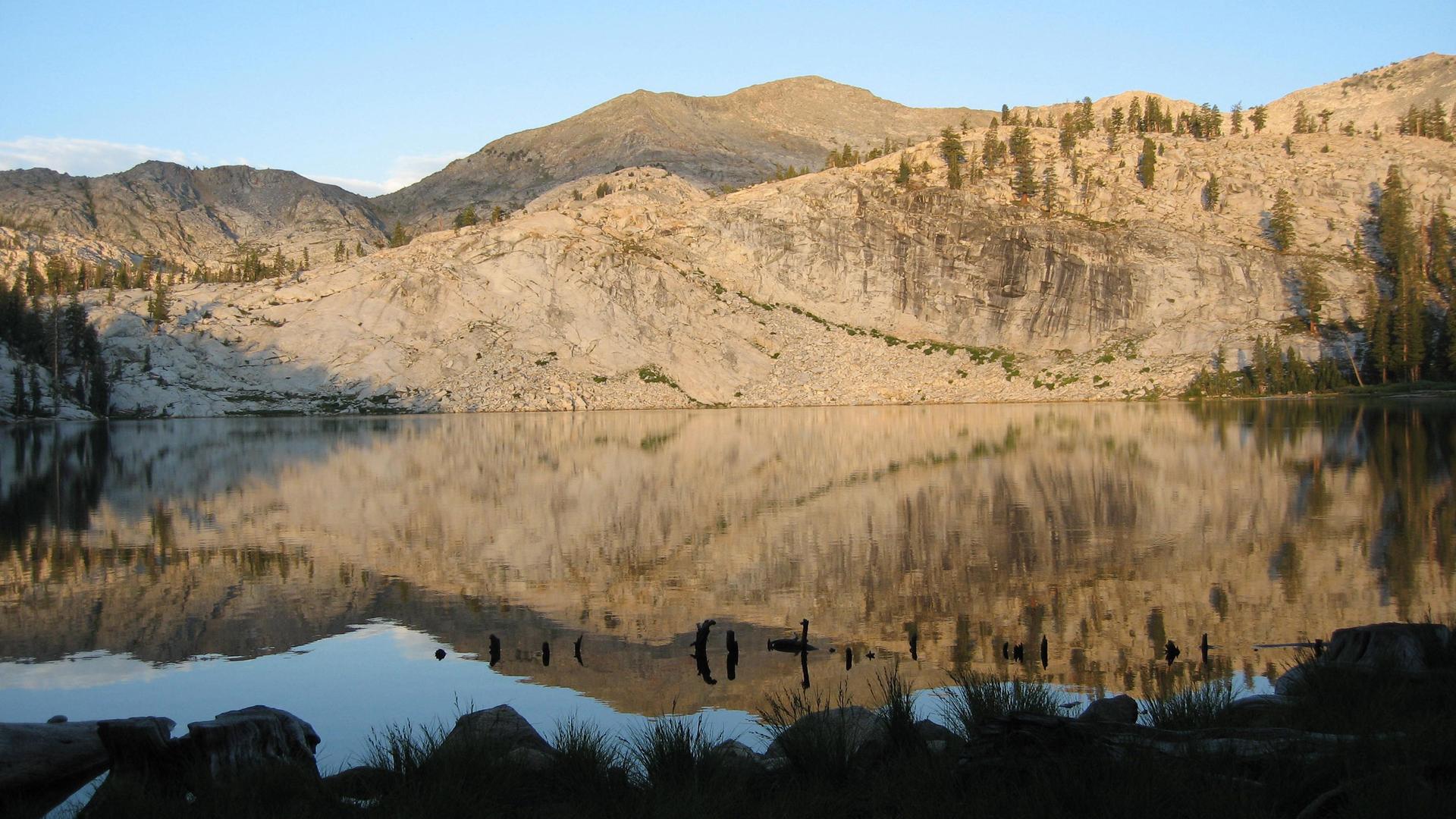This backcountry cook you’ve never heard of is a legend at Yosemite National Park
The Mather Mountain Party in 1915 with backcountry cook Tie Sing. Also in attendance: the first director of the National Park Service, Stephen Mather.
No one really hears about Yosemite National Park’s immigrant history.
Or at least Yenyen Chan hadn’t. A park ranger at the famed national park, she grew up in Los Angeles with her Chinese parents. When she landed the job at Yosemite, she realized how little she knew about the park’s immigrant past.
So she dug in and stories spilled out about the critical role Chinese workers played in shaping Yosemite during the late 1800s and early 1900s.
“Some of the hardest work that had to be accomplished was getting roads up these high, steep mountains, then blasting through rocks. Back then [they were] using hand tools and shovels and picks, and not the modern equipment that we have today,” Chan said.

Many of the immigrant workers were road builders and lodge workers, who took on these jobs so they could send money back to their families in China.
But during Chan’s research, one character in particular stood out. In historic black-and-white photos, he’s a sturdy man with a tuft of black hair, wearing a white apron. His name is Tie Sing. He’s believed to be Chinese, though no one knows exactly where he was born.
“He was the head cook for the US Geological Survey,” Chan explained. This was a key job at the time, considering that the USGS cartographers were mapping out the park and campaigning with people like John Muir and the first directors of the National Parks Service to preserve Yosemite.
Tie Sing would hike into the woods with these pioneers and cook up a storm. Robert Sterling Yard, a journalist on one of those historic treks, wrote this about him: “To me, Tie Sing has assumed apocryphal proportions. Extraordinary recitals of his astonishing culinary exploits have been more than I can quite believe. But I believe them all now, and more. I shall not forget that dinner: Soup, trout, chops, fried potatoes, string beans, hot apple pie, cheese and coffee.”
Sing also had to be creative.
“He had to figure out a way to keep meat fresh out in the backcountry. Apparently, he wrapped it in wet newspapers and put it in a place where the breeze would keep it cool,” Chan said.

Sing even prepared fresh sourdough bread. “He would keep some sourdough starter and, in the mornings, he would knead the sourdough and then keep it next to the mule’s body so that it would rise during the day until they got to the next camp,” Chan said.
Sing died in 1918, from a cooking or other backcountry accident. It’s not exactly clear. In fact, it’s hard to find out more about Sing or other Chinese workers in Yosemite.
“It seems like a lot of these Chinese who came, a lot of them left their families behind. So I don’t know that many who ended up having kids, or grandkids, although I’m sure some of them did,” Chan said. But Sing does have a legacy here at Yosemite National Park — a 10,552-foot peak, bound in granite and dotted with alpine trees, named after him.
“It’s in a beautiful spot,” said Chan, who has, literally, helped clear the path to the top of Sing Peak. And that effort has also sparked a new tradition: Chan now leads pilgrimages to the peak, organized by the Chinese Historical Society of Southern California. It honors this slice of Yosemite’s past and workers like Tie Sing, who once labored where Chan now lives.
“He was somewhere really close by, and definitely traveled the trails,” she said.

